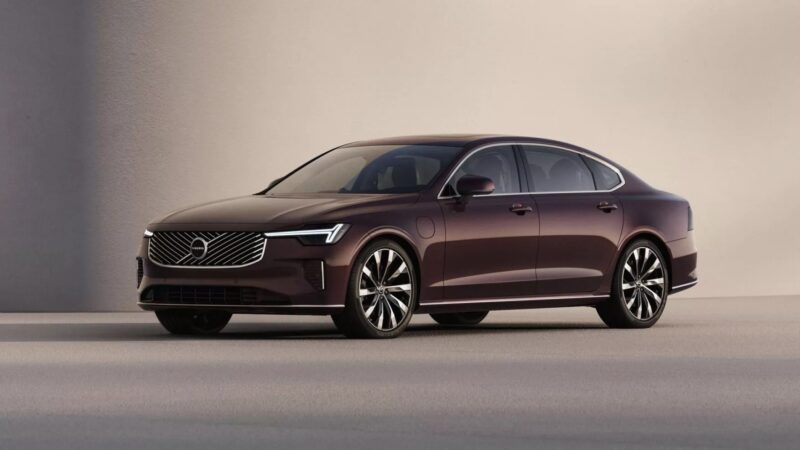The executive sedan Volvo S90 has been available in the market since 2016 as an alternative to luxury sedans from Germany.
Following an update in 2020, Volvo is once again attempting to refresh its S90 offering with a second facelift model.
As expected, it features a design approach similar to the previously facelifted SUV model, the XC90.
Changes noticeable on the exterior include new headlight units with Thor’s hammer LED graphics, a redesigned grille and bumper, and rear lights featuring hammer-shaped graphics.
Inside the cabin, the Volvo S90 is equipped with an 11.2-inch central screen that also includes over-the-air (OTA) update functionality, along with sound insulation features for a quieter cabin.
The use of adaptive suspension contributes to a higher level of comfort.
In terms of power, this facelifted S90 is available with a choice of a 2.0-liter mild hybrid engine or a PHEV version that offers a zero-emission driving range of up to 80 km.
In less favorable news, the Volvo S90 facelift will not be available in the United States and Europe; instead, Volvo will focus on selling the S90 in China and several key Asian markets.
